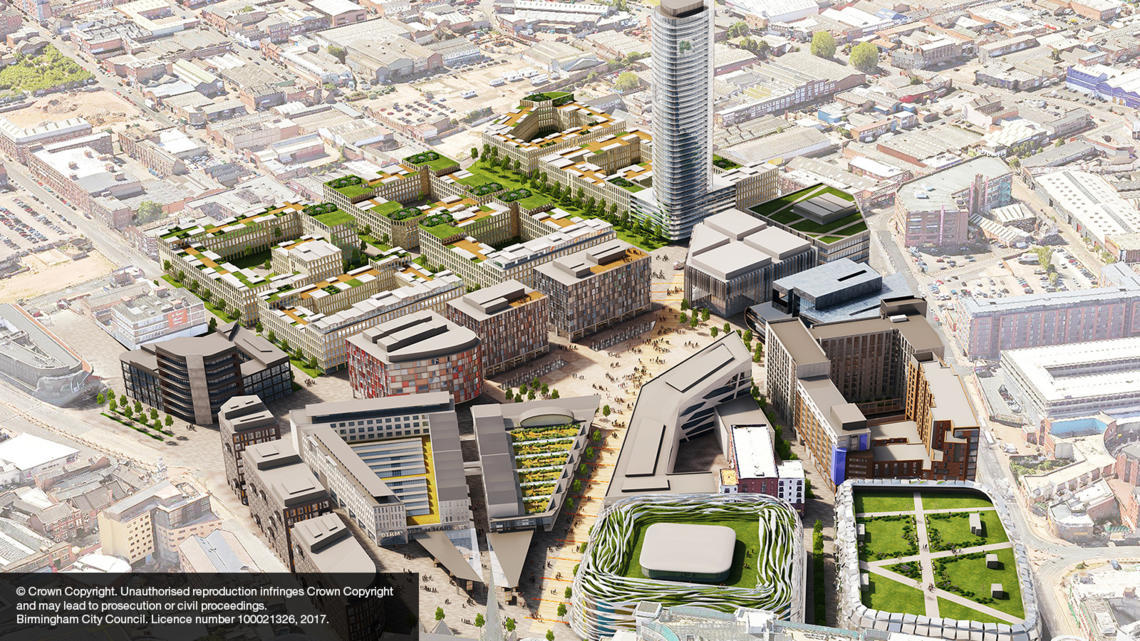Sustainable Cities Engagement Model
Published: July 27, 2017

Traditionally, businesses and cities have worked in silos. To thrive, cities need to harness the dynamism, innovation and resources of the private sector. In return, businesses can make a practical contribution to developing cities as centres for talent, creativity and innovation; and in being good places to live. It is important for there to be a platform, allowing business and city to collaborate.
Currently very few engagement models exist that allow cities and businesses to interact at an early strategic stage to support a city’s sustainability ambition. An effective city-business collaboration needs to have shared objectives and a common vision to ensure that businesses from different sectors and different local government departments work in unison to achieve urban sustainability objectives.
WBCSD provides a safe space, a neutral platform for connecting companies directly with city authorities through its Sustainable Cities Engagement Model. The Sustainable Cities Engagement Model helps cities and business bring to surface a city’s sustainability challenges and, together, set integrated priorities and ambitions. This results in effective solutions that include input from the private sector.
The WBCSD Sustainable Cities Engagement Model allows for both sides to improve their communication and mutual understanding, clarifying what businesses and government must bring to the table for an effective collaboration. This way, cities can ensure the innovative capacity of the private sector targets the needs of cities.
The Sustainable Cities Engagement Model is supported by a five-step engagement process and is based on a framework of urban needs, such as energy and climate, buildings, mobility, water and sanitation, food, air quality and health. A series of sustainability principles and indicators are proposed underneath each category of needs to guide the engagement with the city.
The principles are addressed through city-business engagement, with a level of aspiration for improvement established between the city and businesses engaged. Their relevance is defined by the WBCSD Vision2050 and Action2020 Societal “Must-Haves” and links back to the Sustainable Development Goals (SDGs). A generic description of enablers (infrastructure, finance, policy, behaviour) is included for each urban need category to help determine the most relevant stakeholders to involve in the implementation of specific projects.
